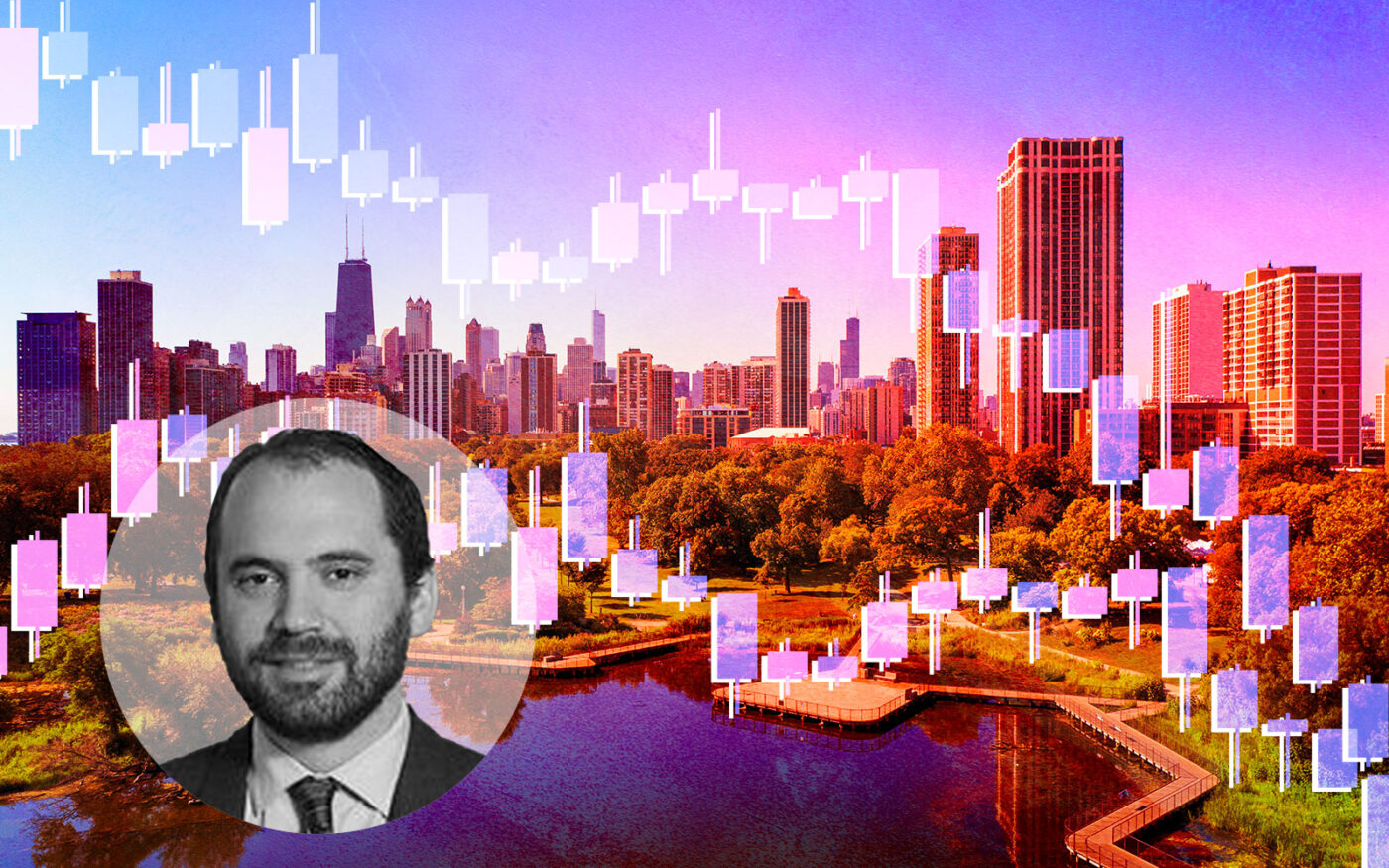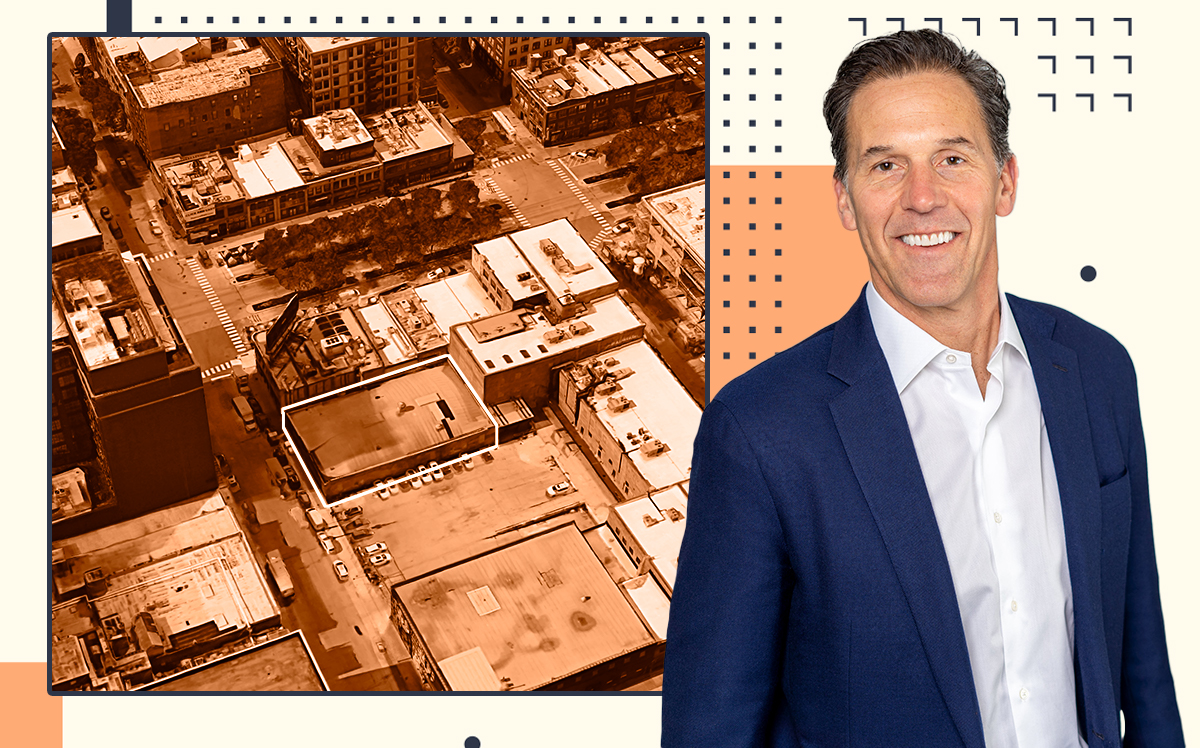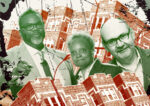
Trending
Chicago’s affordable housing supply shrunk during pandemic
Supply of affordable units fell 7% from 2019 to 2021

The numbers are in: Chicago’s shortage of affordable housing only worsened during the pandemic.
The gap between affordable housing supply and demand widened in 2021 to the greatest margin the city had experienced since 2012, Crain’s reported, citing a study by the Institute of Housing Studies at DePaul University.
Plus, the number of Chicago renters who are cost-burdened, or those spending more than 30 percent of their income on housing, also increased to 51.1 percent in 2021, according to the study.
The city had been making progress in both areas in the last half of the 2010s, but rising rents, an uptick of low-income residents, and the pandemic amplified the affordable housing shortfall.
“The pandemic exacerbated some of the existing challenges in the city, especially on the supply side,” Geoff Smith, executive director of the DePaul housing institute, told the outlet.
Affordability worsened most on the city’s North and Northwest sides, including in the neighborhoods of Logan Square, Avondale, Rogers Park and Uptown. Gentrification is also a factor, as high-end developments and high-income renters have proliferated in certain areas.
The supply of affordable housing dropped 6.9 percent from 2019 to 2021, while demand rose 1.5 percent, the outlet reported. That equated to the number of affordable units falling from 119,435 to 100,197 during that stretch.
In addition, the share of very low-income renters in Chicago who were severely cost-burdened, or those who spend at least 50 percent of their income on housing, jumped from 66.7 percent in 2019 to 75 percent in 2021.
A multitude of factors have contributed to the issue. A slew of multifamily properties traded hands during the early stages of the pandemic, leading landlords to jack up rents as apartment demand climbed. The city also lost a number of low-cost units amid gentrification and developers converting affordable dwellings into higher-end housing.
— Quinn Donoghue
Read more







